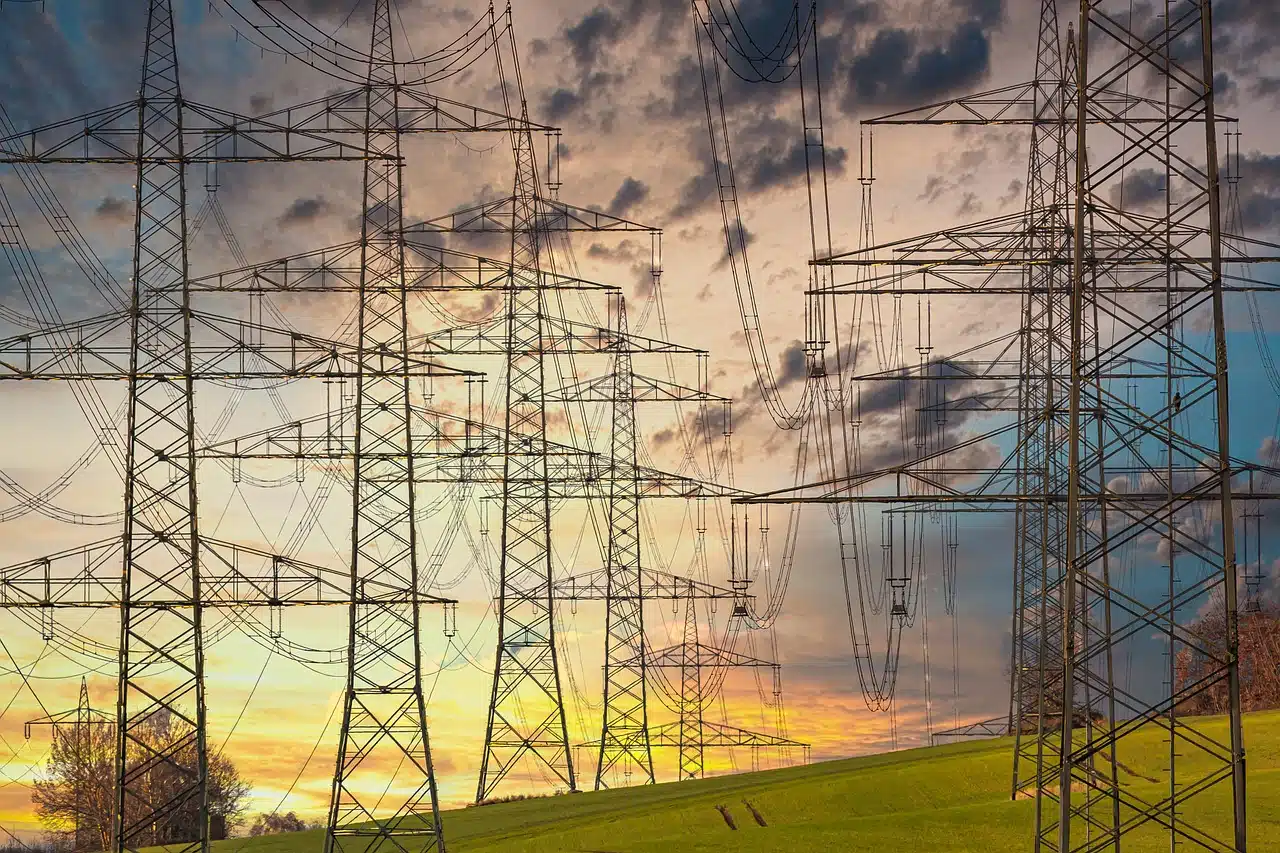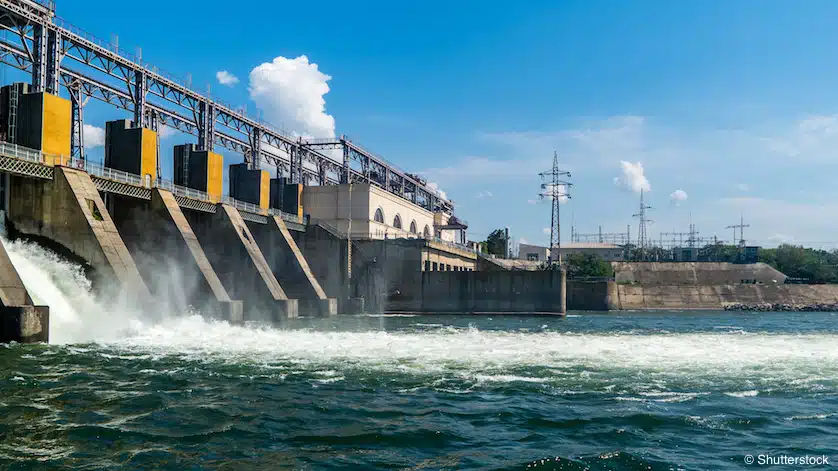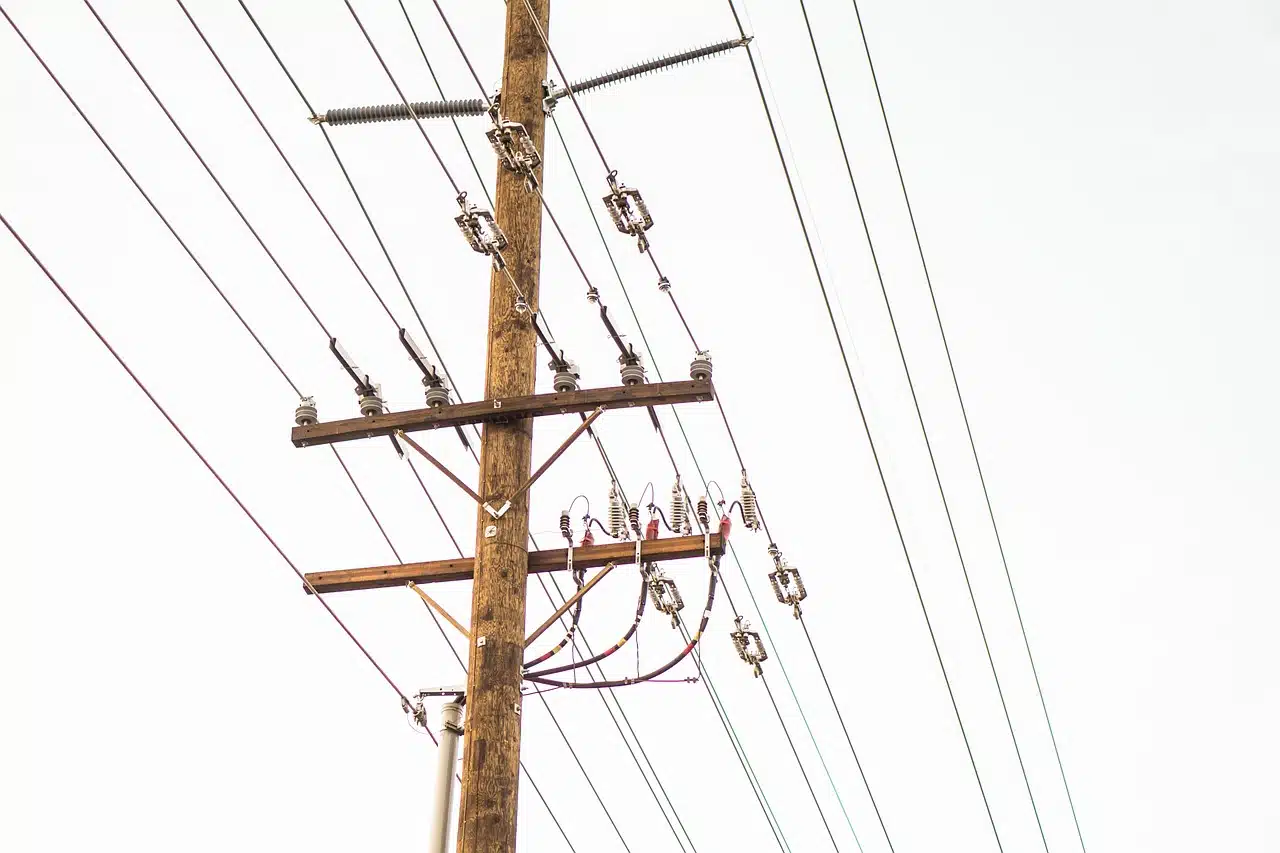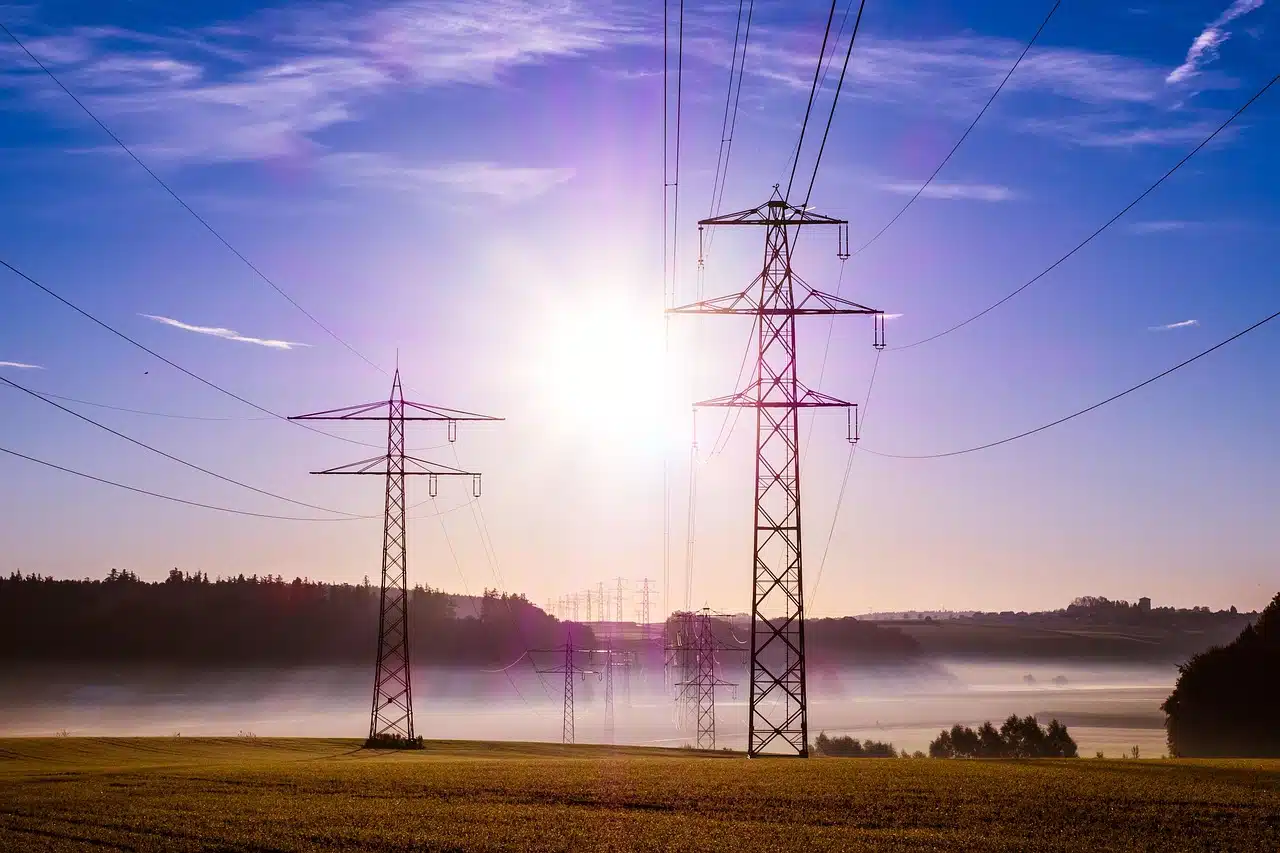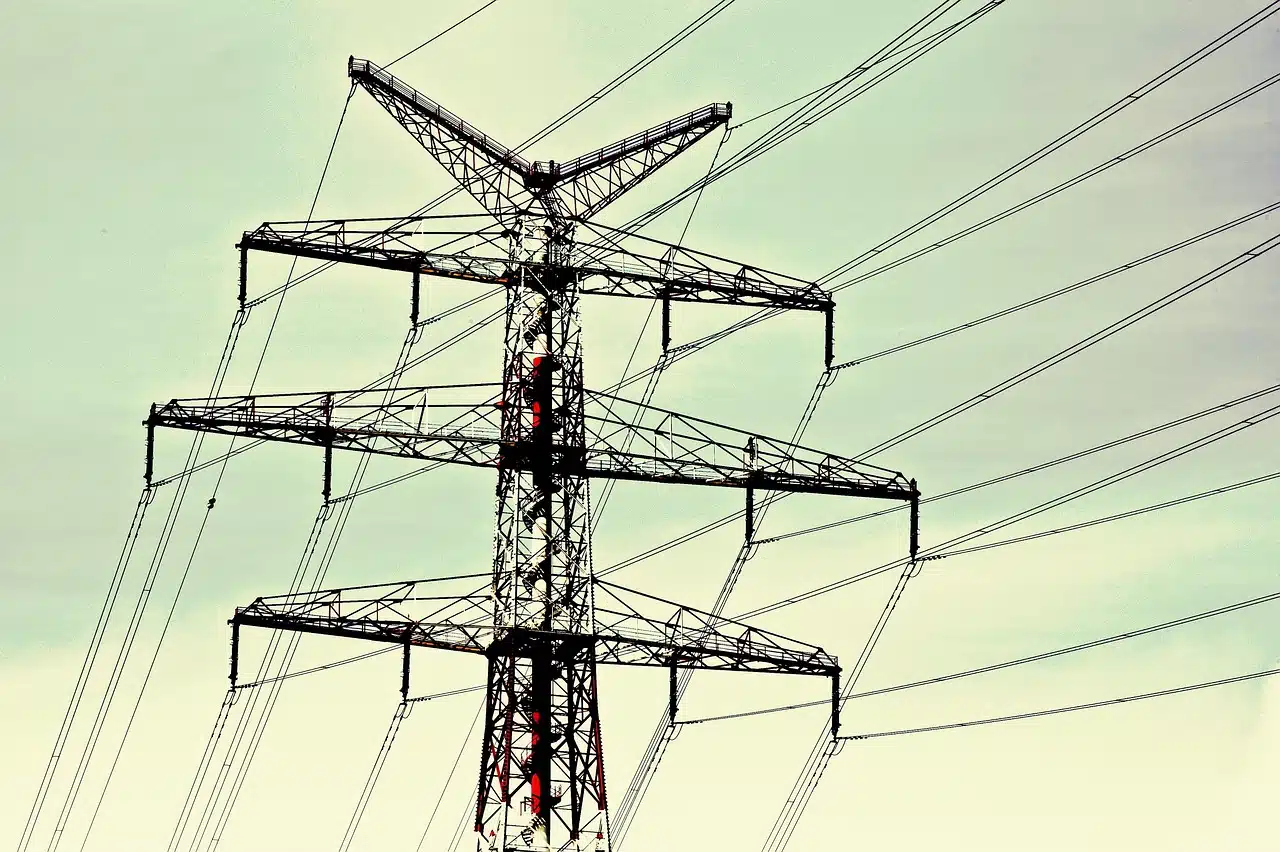Ethiopian Electric Power (EEP), the state-owned utility, reported a reduced loss of 10.1 billion birr (approximately $82 million) for the 2024 fiscal year amid a substantial debt portfolio.
This marks a notable improvement from the previous year’s staggering 24.8 billion birr loss, as the company continues to grapple with soaring finance costs and currency pressures.
The audited financial statements reveal that EEP’s revenue surged by 21% to 27.1 billion birr, driven by increased domestic power sales and growing electricity exports to neighboring countries, including Sudan, Djibouti, Kenya, and Tanzania.
However, the utility’s financial state remains under severe strain, with finance costs reaching a staggering 25.2 billion birr.
A closer look at the numbers highlights the root of the problem which is EEP’s massive debt burden.
Interest expenses on domestic loans alone accounted for 11.2 billion birr, while foreign loans added another 2.3 billion birr. Adding to the issue, the depreciation of the Ethiopian Birr has led to foreign exchange losses of 9 billion birr, significantly inflating the cost of servicing external loans.
“The numbers reveal the precarious position of Ethiopia’s power sector,” said an energy expert familiar with the matter. “While operational improvements are visible, the debt trap remains a serious concern.”
EEP’s financial struggles come at a critical time as the utility pushes forward with ambitious infrastructure projects, including the Grand Ethiopian Renaissance Dam (GERD), Africa’s largest hydroelectric dam, which is nearing completion.
The project, a cornerstone of Ethiopia’s energy strategy, aims to transform the nation into a regional power hub. However, the company’s ability to fund such projects while maintaining financial stability remains in question.
Transmission losses, which stand at 17%, well above international standards, continue to eat into potential revenues, further complicating the utility’s financial outlook.
Despite these challenges, EEP is pinning hopes on expanding power exports to neighboring countries. With new transmission lines set to come online, the company anticipates a boost in cross-border sales, which could provide much-needed foreign currency earnings.
In a potential game-changing move, Ethiopian officials have recently signaled openness to private investment in the power sector. This shift in policy, long resisted, could offer a lifeline to the debt-laden utility.
Analysts suggest that private sector involvement could ease EEP’s financial burden, improve operational efficiency, and accelerate infrastructure development.
Meanwhile, Ethiopia is working to overcome challenges and accelerate geothermal development. Projects such as Tulu Moye, Aluto-Langano, and Corbetti are expected to drive the country’s geothermal capacity beyond 3.5 gigawatt(GW) by 2050.
As Ethiopia strives to balance its ambitious energy goals with financial sustainability, the road ahead remains fraught with challenges. The narrowing of losses is a step in the right direction, but without significant reforms and strategic investments, the utility’s financial woes could jeopardize the nation’s energy aspirations.



